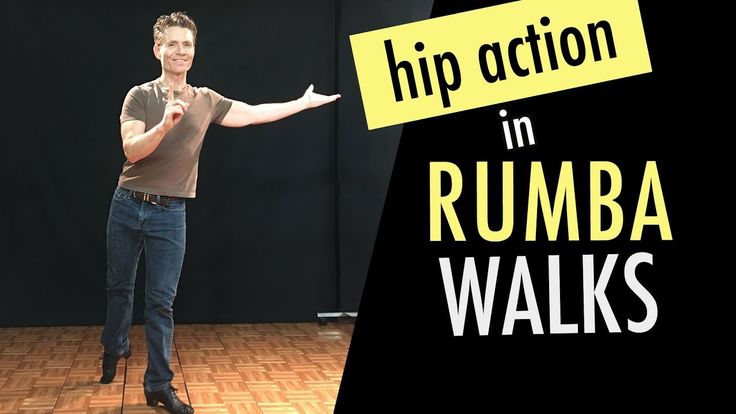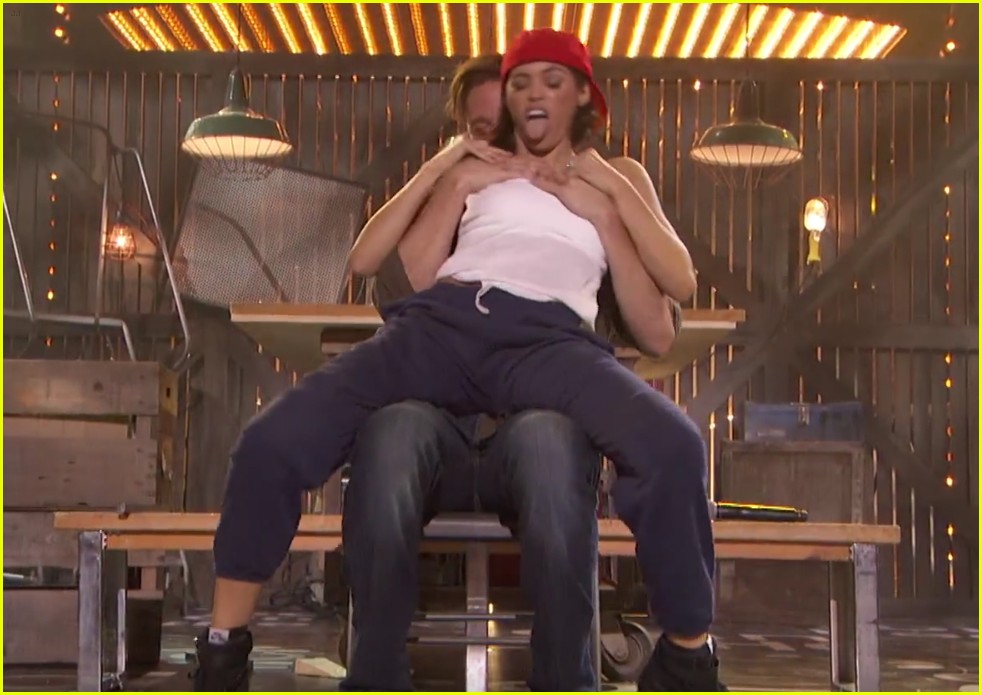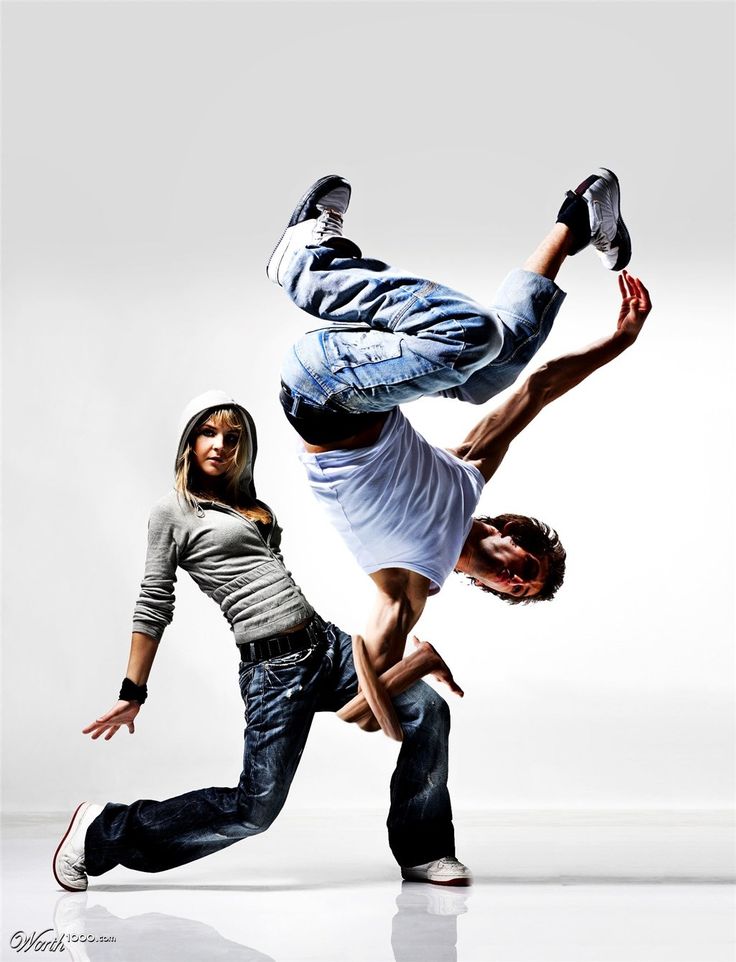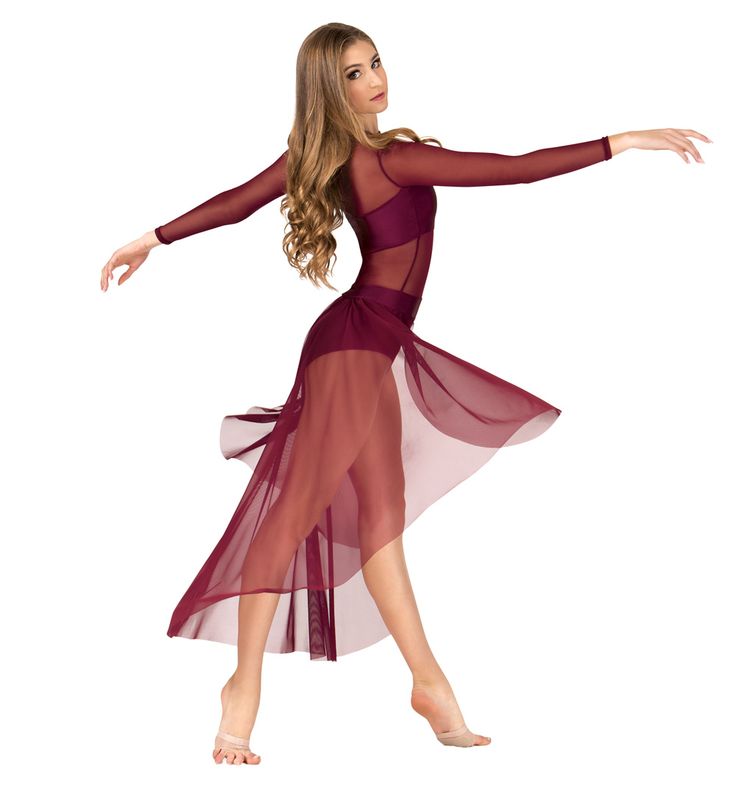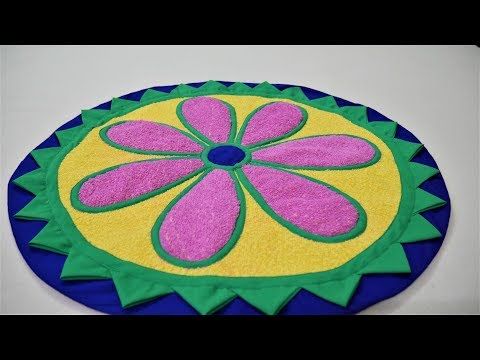How to dance rumba basic movement
What is Rumba and How to Dance the Rumba Basic — Duet Dance Studio Chicago
“Rumbrear”. Definition: A Spanish verb meaning to go to parties, having fun and dancing. Sound familiar? This is how the dance style, rumba, got it’s name. Today rumba is a fun, sassy latin-style of ballroom dance that fits nicely with most modern types of music. In this blog we will take a quick glance at the history of rumba and even learn some of the basic steps and nuances of this smooth and sassy latin style of dance.
Rumba History
Quite simply, Rumba was born all over the West Indies and but really grew up in Cuba. Several styles developed on different islands that include Son, Danzon, Guagira, Guaracha, Naningo. Aside from the latin influence of Spanish culture, African folk dances played a huge role in creating the rumba, with the ladies dancing with a defensive attitude towards their male partners. American Rumba was modified from a popular Cuban “Bolero-Son” dance, incorporating small steps of the dancers and the hip movements as a result of the bending knees. Because of the movie industry, rumba became even more well-known during the 1930’s. It began to represent the essence of Latin American dance through its romantic subtleties and rhythmic body motions.
Rumba Characteristics
The dancers of rumba usually embody a sassy, smooth, and sensual demeanor. The moveset is very particular in the details but the most important feature is keeping a connection with your partner. The toes should be at a slight diagonal to allow us to achieve our favorite hip movement, Cuban motion, just like in Salsa. Fun fact, rumba is the slowest of the competitive international latin styles!
Rumba Music
The music in rumba is usually in an even 4/4 time signature.Traditionally, Cuban rumba music is used with strong percussions and a smooth, steady beat. Luckily, the rhythm in rumba is very widespread in today’s pop music and it is fairly easy to find a contemporary pop song without latin beats that would work nicely for dancing the rumba. This makes rumba highly versatile and super fun to learn and dance!
This makes rumba highly versatile and super fun to learn and dance!
Rumba Steps
The basic rhythm in rumba is slow-quick-quick, with the first step taking 2 beats and the last two steps each taking one beat. It is done as a box step, just like waltz! However, that’s where the similarity ends. Since rumba is a latin style, the hips are active and always moving in “cuban motion”. It also borrows some of our favorite steps from salsa such as cross-body leads and shoulder checks.
Rumba Dance Hold
The arms are held in a traditional frame position to connect the two dancers in rumba. However, similar to other latin styles, the leader’s left arm is held at a 90 degree angle to the floor. This creates a tighter frame between the dancers and adds a pinch of intimate flavor to the dancing.
How To Do The Rumba Basic
Learn how to do the rumba box step in this video!
What is your favorite ballroom dance style? Please share with us. Wanna learn how to dance?
The Duet Team is a group of friendly dancers who are passionate about helping people and sharing the joy of ballroom dance. And we love to make new friends and have fun at work! Duet Dance Studio is located in Chicago West Bucktown. We offer ballroom dance lessons, wedding dance instruction and private dance parties. Online Wedding Dance Lessons and Skype dance lessons are also available! Dances we teach include Salsa, Swing, Tango, Bachata, Merengue, Waltz and Foxtrot. Sign up for an introductory dance lesson now to get started!
And we love to make new friends and have fun at work! Duet Dance Studio is located in Chicago West Bucktown. We offer ballroom dance lessons, wedding dance instruction and private dance parties. Online Wedding Dance Lessons and Skype dance lessons are also available! Dances we teach include Salsa, Swing, Tango, Bachata, Merengue, Waltz and Foxtrot. Sign up for an introductory dance lesson now to get started!
Learn Basic Rumba Steps
Rumba, or sometimes 'rhumba', is a slow and flirtatious dance. Some say it is the spirit and soul of Latin American dance. It's certainly a dance of romance and always a good choice for weddings.
- Basic steps
- Instructions & Diagrams
- Video
- Recommended Video Lessons »
Quick intro
Rumba is generally regarded as the "dance of romance", but also known as the "Latin waltz" or the "waltz with a wiggle". Due to its slow rhythm and sensual movements, some call it the most intimate and passionate dance there is.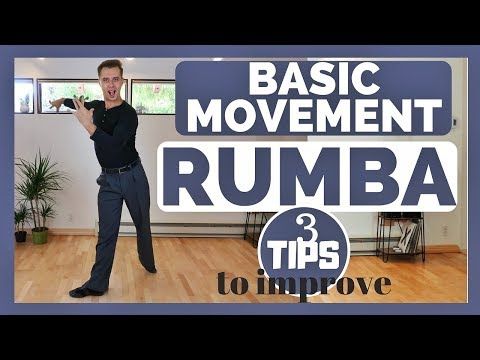
Learning rumba is not difficult. The ease of learning is actually one of the main reasons why it's more popular today than most other Latin dances (except perhaps salsa). Once you learn the simple steps, the music does the rest.
Rumba can be danced to a variety of music, from contemporary to traditional. Here are a few popular songs to give you an idea:
- And I Love Her - The Beetles
- It's Now or Never - Elvis Presley
- I'm Not Giving You Up - Gloria Estefan
- Besame Mucho - Xavier Cugat
- Falling Into You - Celine Dion
- Neon Moon - Brooks and Dunn
- Under the Boardwalk - The Drifters
- Kokomo - Beach Boys
- Girl from Ipanema - Frank Sinatra
Basic steps
Rumba is usually danced to music written in 4/4 time, with four beats to each measure. The basic step is a very simple box step. It consist of three basic steps - two quick side steps and a slow forward or backward step.
The rhythm of the steps is slow, quick, quick. A slow step is danced over two counts of music, while a quick step is danced over one count.
Rumba is a spot dance which means the couple does not travel around the dance floor like in many other dances, but rather stays in one location. It is done to music with slow tempo and emphasizes on hip movements (what we call Cuban motion).
Instructions & Diagrams:
You start dancing in a closed dance position. The man's left hand is holding the lady's right hand with the elbows almost touching. The man's right hand is placed underneath the lady's shoulder blade. The lady's left hand is placed right behind the man's shoulder, flat on his back.
Basic Steps for Men
The gentleman starts with his left foot stepping forward. The man's steps are as follows:
- Step forward with your left foot
- Sidestep to the right with your right foot
- Move your left foot to your right foot
- Step back with your right foot
- Sidestep to the left with your left foot
- Move your right foot to your left foot
Basic Steps for Women
The lady starts with her right foot stepping backward. The woman's steps are as follows:
The woman's steps are as follows:
- Step back with your right foot
- Sidestep to the left with your left foot
- Move your right foot to your left foot
- Step forward with your left foot
- Sidestep to the right with your right foot
- Move your left foot to your right foot
Video
OK, Leon and Kim will now show you how it all comes together. Don't forget to move your hips and when you're doing side steps first pull your leg in and then step to the side. The video will explain everything in detail:
more videos »
This was an introductory video lesson from Passion4Dancing online dance course. Here is why we recommend them.
Rumba (Latin American Dance Program)
Rotation Exercise - show the back pocket leaving the shoulders in place.
Stepping and stretching exercise. Clear steps on 2 (special emphasis after tension), 3, 4-1 tension in the legs and stretching of the knees.
Exercise for the 3-3 scheme - in the arms and legs. Stepping in the legs, weight transfer, action on the skating leg. Hands - one shoulder blade falls, the second grows. Back dance. We combine 3 actions in the arms and legs.
Rumba square - rumba forward and side steps and shifts with an emphasis on 2.
Cucarach action
Cucarach action back and forth with body weight transfer.
New York check position without turn with side steps. New Yorks to the sides, New York - Hand in Hand with alternation. Hand to hand - be sure to first collect the legs, then twist, back BASIC, returned. Option with 2 openings in one direction.
Spot turns. Through strong inguinal muscles.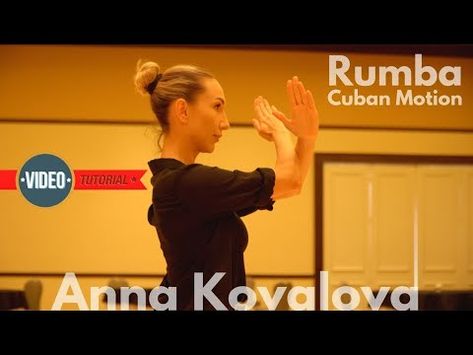
Main side step, spot turn, back basic.
Rumba walks
steps forward: Resist resistance - Control (central balance position) - Push - pushing away from the skating leg and foot - Extend - lengthening, stretching the free leg from behind - Recover - recovery - the free leg bends in knee.
steps back: 3 stages - leg in front with a natural turn of the toe, bending the leg at the knee and building a straight perpendicular line from the toe to the knee, slight tilt of the body forward, bringing the leg back to collect the knees, pushing out from the supporting leg. Emphasis on the knee - tends forward and is fixed for a moment. Knee work, repulsion, attack.
Close and open basic movement
Rumba walks + spot spins . on 2 tension (in free delay line or compression delay line) on 3 and 4 quick clear steps, on 1 spot turn.
Sliding doors (men's lot and joint). 3 options for crossing the leg (for 4 bent or straight leg, through rond). Highlight 2 or 4 hits or both.
3 options for crossing the leg (for 4 bent or straight leg, through rond). Highlight 2 or 4 hits or both.
Gondolier exercise - correct transfer of body weight - push the parquet back.
Leg extension forward and backward over the knee.
Routine 1:
BASIC to the side full, New York, hand in hand 2, hip twist, closed with a stand, cuckoo, hip twist back, spiral half turn, back BASIC 2 with change of legs and start.
Routine 2:
BASIC forward, open hip twist, hockey stick sideways, new york 2, hand to hand, spot turn, turn under lady's arm, open out, shoulder to shoulder (open and closed positions ), a closed hip twist. Alemana.
Routine 3:
Back basic, hip twist, cuckoo, change, first.
Rumba dance: first steps with Denis Tagintsev
by Maria Glazyrina
in Inspiration
If love were a rumba dance, no doubt it would be rumba. The history of the most sensual and romantic Latin American dance is mysterious and charming, just like itself. Ready to take your first steps in the world of rumba, where feelings rule? Hurry up to master the dance “language of love” together with AnySports.tv coach, Dancing with the Stars winner Denis Tagintsev!
The history of the most sensual and romantic Latin American dance is mysterious and charming, just like itself. Ready to take your first steps in the world of rumba, where feelings rule? Hurry up to master the dance “language of love” together with AnySports.tv coach, Dancing with the Stars winner Denis Tagintsev!
The history of the Rumba dance
Rumba originated in Cuba under the influence of rhythms brought from Africa by dark-skinned slaves. The word "rumba" in Spanish means "way". Initially, the dance was performed by newlyweds, symbolizing the beginning of a life together. In it, in addition to encrypted allusions to the first sexual contact after the wedding, completely everyday motives were played out, in particular, driving a horse and crushing cockroaches.
One of the plots of the "rural rumba" - the mating games of animals - eventually acquired a more emotional form, becoming a through motif of the modern ballroom rumba. This is the story of a man who desperately wanted to win his beloved. And the girl, full of internal contradictions, then lets him closer, then suddenly breaks down and switches to another, further irritating her partner.
And the girl, full of internal contradictions, then lets him closer, then suddenly breaks down and switches to another, further irritating her partner.
Music for rumba dance
The musical style of rumba was formed from the imposition of stringy Spanish melodies on sonorous African rhythms. Melodies for rumba are the slowest among the latin. Usually these are gentle, viscous songs with emotional vocals full of love languor, like Shade or Julio Iglesias.
Rumba is essentially a dance of people who are strongly attracted to each other. In a couple, dancers show passion, first reaching out to a partner, and then suddenly pushing him away. Unlike jive, the dance consists mainly in the movements of the body: the main thing here is the waves, the bends of the body, the directions of the lines of the hands, as well as the sensual gaze. All this forms incredibly beautiful, almost sculptural compositions, especially when the dancers freeze for a moment in poses.
on the topic:
- Passionate bachata - how to master a hot dance
- Salsa - how to learn to dance fire dance Patientents - take your direction 9007 rumba - the transfer of body weight to the count of "times" without taking a step - makes the dance more interesting due to accentuated stops and accelerations, the dance seems to have its own breath.
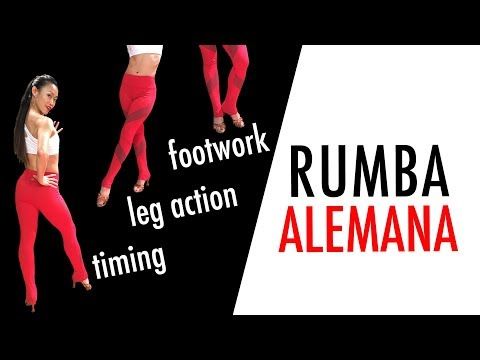
The partner most often follows the partner, trying to demonstrate himself, to conquer the partner. The girl, on the other hand, is constantly moving away somewhere, but does not cease to lure and seduce her partner. She then lets him very close, then rejects him again, thereby remaining the mistress of the situation, thanks to her charms.
Do you want to win the heart of any man? With an online dance course from Denis Tagintsev, the winner of the Dancing with the Stars project, it's easy! Learn more about the course here.
Rumba is a special event in the ballroom dancing tournament. Girls put on light, weightless dresses, turning from playful coquettes into languid and passionate femme fatales. Men, on the other hand, switch their attention from the audience to their partner - touching, chasing, feeling her every breath.
Rumba for beginners (video)
Rumba teaches not only to move beautifully, but also to express one's feelings, helps to “splash out” accumulated love experiences on the floor in order to let them go.